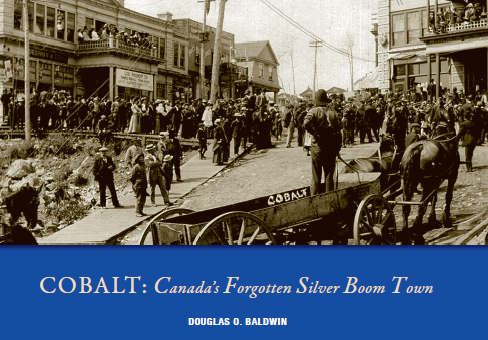http://www.mining-journal.com/
Australian-based Cobalt One has entered a trading halt pending an announcement on the merger proposal. The two companies signed an option agreement earlier this month whereby First Cobalt was granted an option to acquire 50% of Cobalt One’s cobalt assets in the Cobalt region of Ontario.
Cobalt One’s assets include a cobalt refinery while First Cobalt’s assets include the former producing Keeley-Frontier silver-cobalt mine in Ontario and cobalt exploration ground in the Democratic Republic of Congo.
Under the “friendly merger” proposed by First Cobalt, Cobalt One would hold 60% of the enlarged company, with its chairman Paul Matysek, CEO Jason Bontempo and director Bob Cross to go onto the First Cobalt board.

























